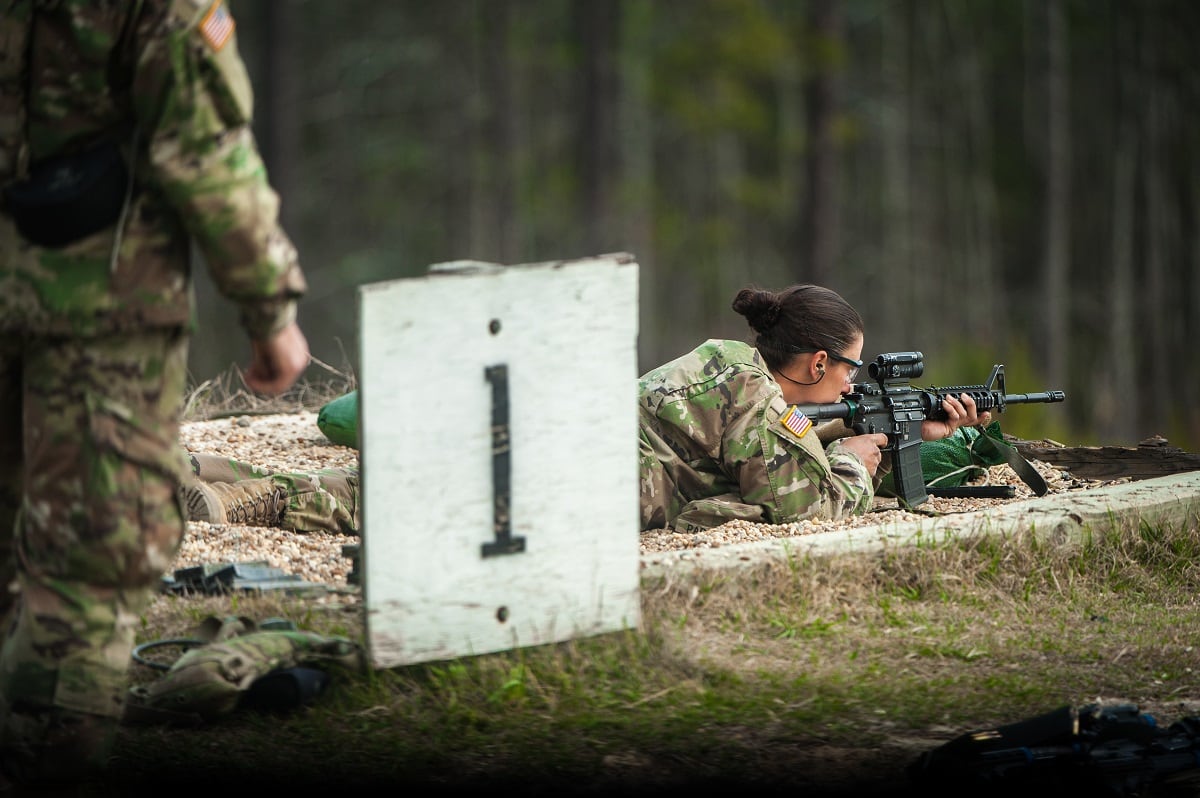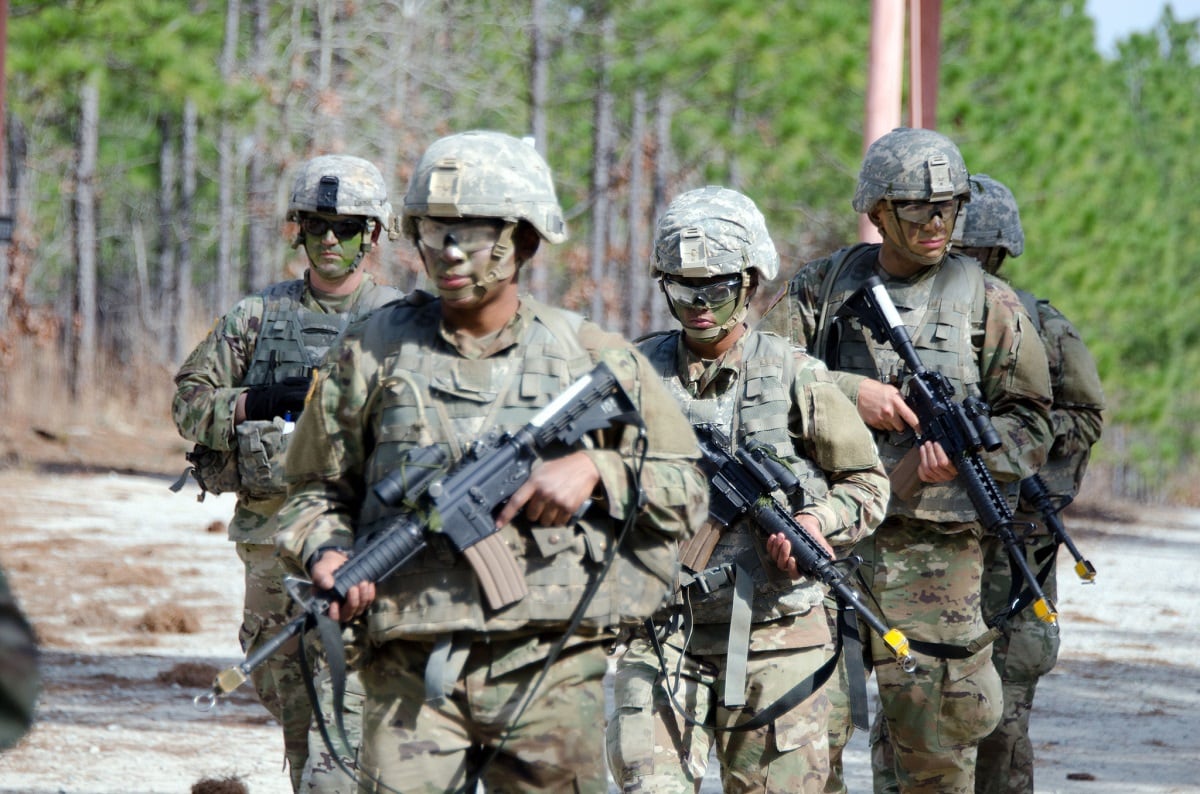So far, 2018 has seen an overhaul of basic combat training and a pilot program to extend infantry one-station unit training from 14 to 22 weeks. Next stop: Reducing the number of trainees assigned to each drill sergeant.
Earlier this year, the Army sent drill sergeants back to advanced individual training, bringing uniformity to the whole of initial entry training for new soldiers who move onto a second training program following basic.
But the ratio of trainers to trainees is still “way too high,” Army Chief of Staff Mark Milley told Army Times on Monday at the AUSA annual meeting in Washington, D.C.
“And that’s because we intentionally, over the last 17 years, we trimmed our institutional force … in order to feed the fight in Iraq and Afghanistan and make sure that those deploying units had enough people,” he said.
So that left the base with 20 trainees for every one drill sergeant at basic combat training, and 40-to-1 at AIT.
“We want to essentially cut those ratios in half,” Milley said, while adding a platoon sergeant and officer platoon leader to each of those units.

The Army is counting on a steady rise in end strength to 500,000 active component soldiers in the next four years. Those new additions are slated first to fill spots in operational units, but the training base is also hurting for more of the unprecedented number of noncommissioned officers who have been re-enlisting.
Decreasing the ratio of drill sergeants to trainees comes at a time when basic training programs are extending, requiring yet more instructors.
The Army wants to improve basic combat training “not just in the length, but in the quality and attention paid to each trainee,” Milley said.
Infantry OSUT completed a pilot program to extend from 14 to 22 weeks this summer, Army Secretary Mark Esper told Army Times, and that plan will extend in the next year to armor, combat engineers and others.
“If we step back and ask ourselves, why? Why extend it?” Esper said. “I think it’s lessons learned from the field, the operational Army that says, ‘Look, we’re getting solders who could use more time to develop their physical fitness.' Maybe spend more time talking about the military traditions and our history, that [they] would come to the service with a greater sense of discipline.”
Some more tactical and technical expertise wouldn’t hurt, he added.
“We thought adding two months would be what it takes,” for OSUT, Esper said, making it the “Longest and most challenging infantry basic training the world. Depending on what we learn … we would seek to apply those lessons to other MOSs.”
Meghann Myers is the Pentagon bureau chief at Military Times. She covers operations, policy, personnel, leadership and other issues affecting service members.





